Crawling into your bed at the end of the day is one of the best stress relievers – until you see tiny black worms in bed! If this is your first time facing a tiny black worm in your bedding, don’t panic, they aren’t as dangerous as bed bugs and can easily be escorted out of your bedroom. But leave them hanging around and they will destroy your clothes and bedding in no time!
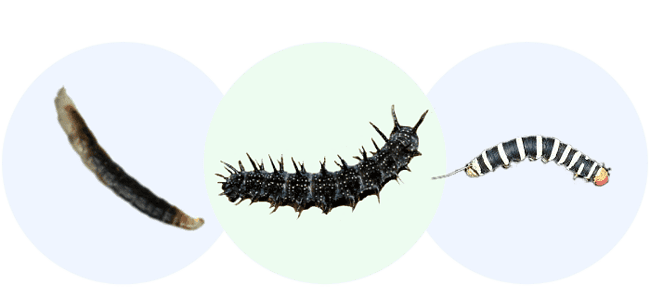
Topics Explored
- Identifying the tiny black worms in bed »
- 5 ways to get rid of tiny black worms in bed »
- Summary: tiny black worms in bed »
- FAQs »
Identifying Tiny Black Worms in Bed
These tiny black worms in bed can be one of the three types: carpet beetles larvae, clothes moth larvae, or flea larvae. Each of them is different, but can cause equal amounts of damage. Identifying them is essential before picking the right method to get rid of them once and for all.
Carpet Beetle Larvae

Carpet beetle larvae can be light brown to black with distinguishing white stripes and densely covered in long hairs. The carpet beetle is a common pest that lays its eggs indoors, so it’s not unusual to find its larvae on your bed. They’re between 1/8 and 1/4 inches long but very damaging(1).
Carpet beetle larvae feast on fabric, especially of animal origin. They also eat hair, dead skin, and corpses of other insects. Mattress and bedding with wool, silk, and pillows with feathers are frequent targets. They’re usually found in the seams and folds of the fabric.
How Do I Get Rid ofTiny Black Worms in Bed?
Unlike bed bugs, where you need a particular sanitizing professional coming in, or throwing your whole bed, tiny black worms in bed are not as hard to get rid of. Follow our guidelines to get your bed clean and bedroom guest-free.
1. Wash Bedding In Soapy Hot Water
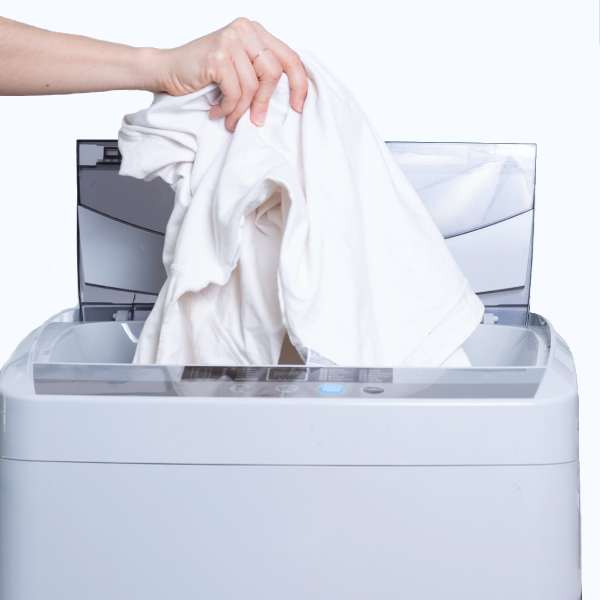
Once you notice tiny black worms in bed, gather all your bedding, including sheets, pillowcases, and blankets. Wash them in hot soapy water. Soap water covers the surface of the worms and suffocates them. The hot water additionally kills any worms living in or feeding on your bedding.
Afterwards, place the bedding in your dryer on high heat. The extreme heat will kill off any remaining larvae.
2. Steam Clean Mattress
The combination of high temperature and high-pressure steam is a winning combination against these tiny black worms in bed. It gets into the crevices and other hard-to-reach places where worms might be hiding. The steam kills worms, larvae, and bed bugs.
However, please check if the steam cleaner is suitable for use on mattresses and upholstery. Otherwise, you might be running the risk of damaging your mattress.
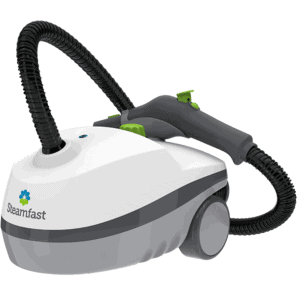
3. Freeze Bedding
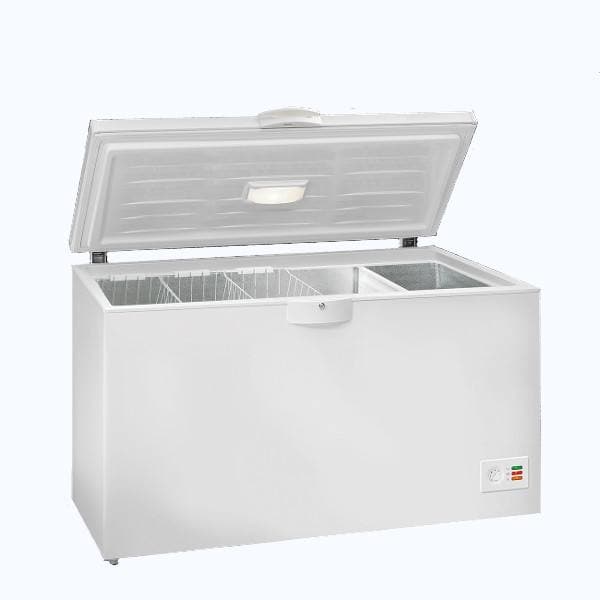
Freezing contaminated items is suitable for items that can’t be washed or can get damaged when exposed to high heat. This method kills pests in any life stage, including eggs and larvae.
Place the item in a trash bag. Remove as much air as you can and seal it tightly, so it doesn’t contaminate the food. Place the bag in the freezer on -4℉ for seven days.
4. Close Windows or Install Mesh Screen
Keeping the windows closed reduces the risk of getting bugs in from the surrounding area. However, you do need to air out your bedroom, so place a fine mesh on the windows. This will prevent moths from coming in and laying their eggs on your bed.
Check our window frames for gaps and cracks. If there are some, use fillers like epoxy or caulk to seal them.
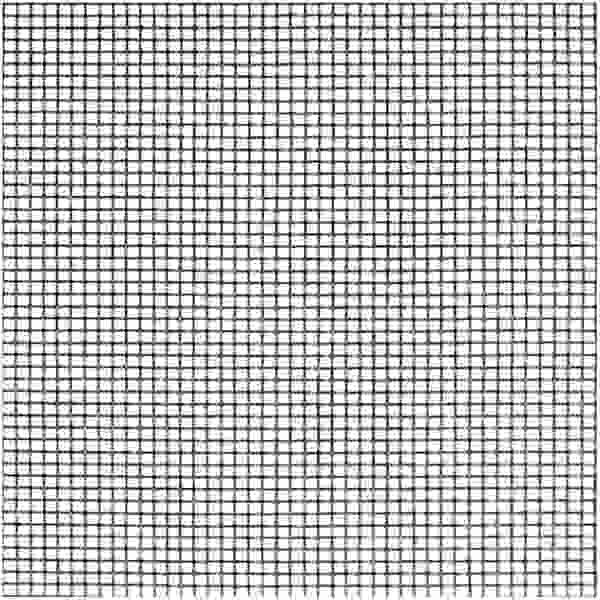
5. Use a Dehumidifier & Expose Bedroom to Sunlight
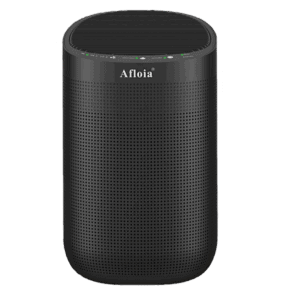
Worms and larvae thrive in a dark and damp environment; that’s why they pick your bedroom, the mattress seams, and corners especially. Set up a dehumidifier to reduce the bedroom’s relative humidity and optionally sprinkle baking soda over the mattress.
Remove the bedding and open your curtains to let sunlight in.
Worms consist mainly of moisture, they absorb it, and with moisture gone, they can no longer survive.
Summary: Tiny Black Worms in Bed
Finding tiny black worms in bed is not pleasant. First, ensure you’re not dealing with a more nefarious thing like bed bugs or ticks that can infect you with a single bite.
After you’ve identified it as a flea, clothes moth, or carpet beetle larvae, pick some of the natural methods suggested to get rid of them. Try not to use hazardous chemicals; however, if the methods fail, contact pest control.

FAQs:
Why are there tiny black worms in my bed?
Tiny black worms in your bed can be a couple of types of larvae. Carefully look closer to identify them. They can be brought by your pet, they could be eggs of a moth that entered through your window, or you might’ve brought an already contaminated item into your bedroom. Worms pick the bed as it’s a dark, damp, and warm environment that keeps them thriving.
What do tiny black worms in bed turn into?
Depending on what type of larvae you’re dealing with, the tiny worms on your bed can turn into carpet beetles, clothes moths, or fleas. First, the adult lays their eggs, and later the larvae hatch. The adult consumes fibers from your fabrics and produces fecal matter, which the larvae feed off and grow.
How do I know if I have carpet beetles or bed bugs?
Carpet beetles and bed bugs are often confused due to their similar size, flat body, and color. However, bed bugs have blood as their food source, but carpet beetles feast on natural fibers. Bed bugs are reddish-brown when they’re larger, but carpet beetles are fuzzy, striped, and dark brown.
Verified Sources:
- University of Kentucky: https://entomology.ca.uky.edu/ef640
- The Guardian: https://www.theguardian.com/environment/2019/aug/19/revenge-of-the-clothes-moths-as-numbers-boom-can-they-be-stopped
- Texas A&M: https://agrilifeextension.tamu.edu/library/insects/controlling-fleas/

